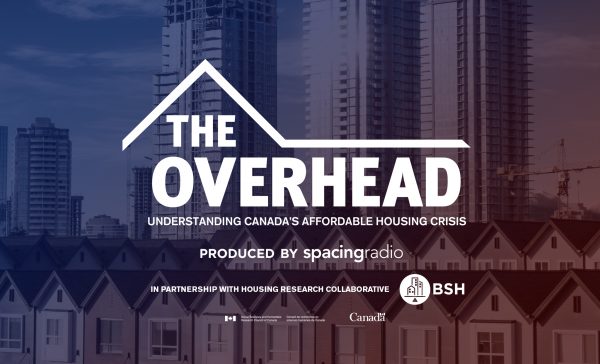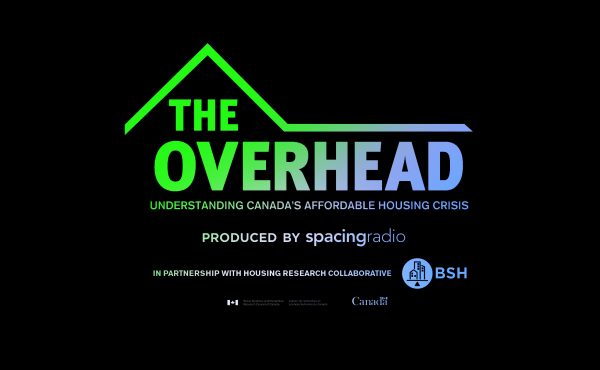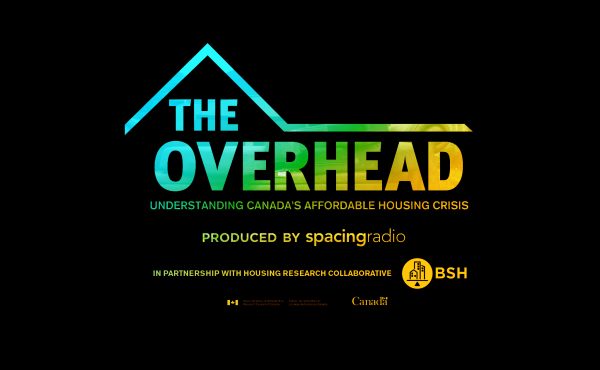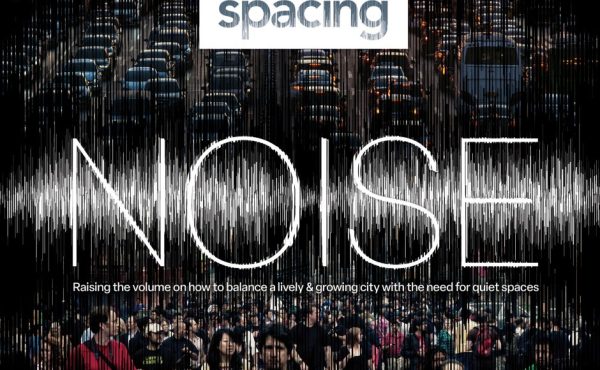Spacing and the Balanced Supply of Housing research node proudly present The Overhead: Understanding Canada’s Affordable Housing Crisis, a special podcast series.
THIS EPISODE: Non-market housing solutions
For many housing advocates, part of the solution to providing affordable housing is removing housing from the volatile market. This means finding ways to secure housing ensuring it won’t be sold, flipped, or inflated in price. It’s something the Balanced Supply of Housing research node has been examining, as part of a holistic approach to the housing crisis.
Cliff Grant is director of strategic relations at the Aboriginal Housing Management Association in British Columbia, and says non-market housing is part of a that organization’s recently published “Urban, Rural, and Northern Indigenous Housing Strategy“:
“We’re working on both fronts. One, the strategy to maintain current assets, and two, then looking at the data — a lot of which comes out of the municipality’s housing needs assessment.”
In Toronto, the Kensington Market Community Land Trust was able to buying a mixed-use building in that area, with the help of the City and donors, including a number of housing units, for the express purpose of maintaining them as affordable rental. Chiyi Tam, Dominique Russell, and Kevin Barrett all spoke on behalf of the land trust, explaining the significance of taking those units off the market. Dominique says:
“Ultimately, it is the best investment for our collective tax dollars to invest in affordability that is forever in the community. The alternative is to invest, short term, in the interest of a few.”
What is the role of non-market housing in addressing the housing crisis?
Listen here for The Overhead:




